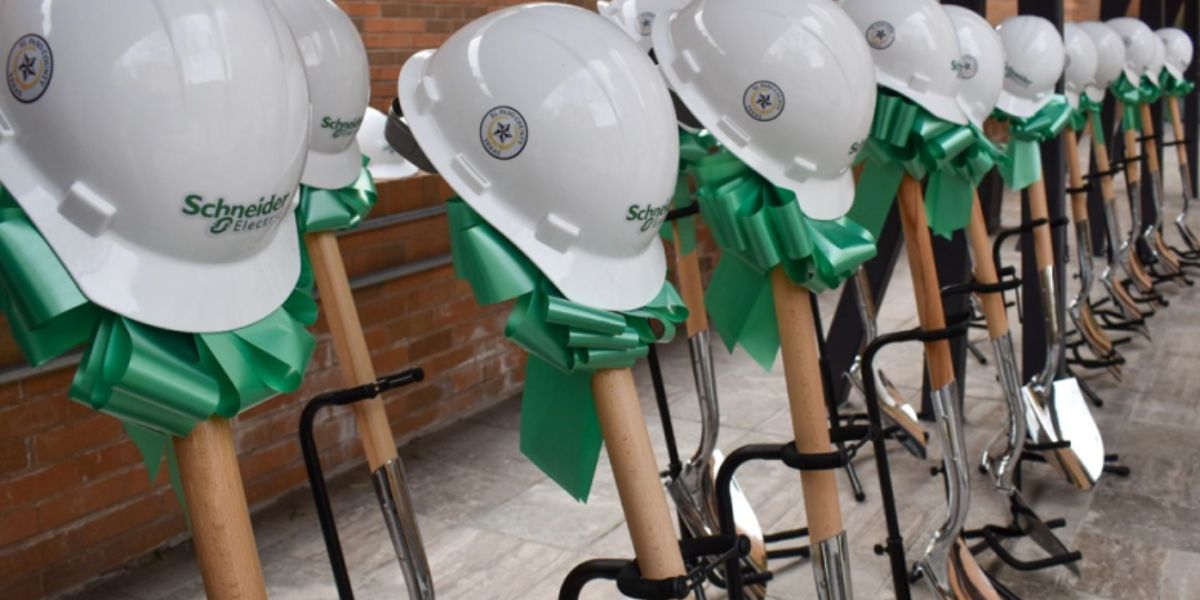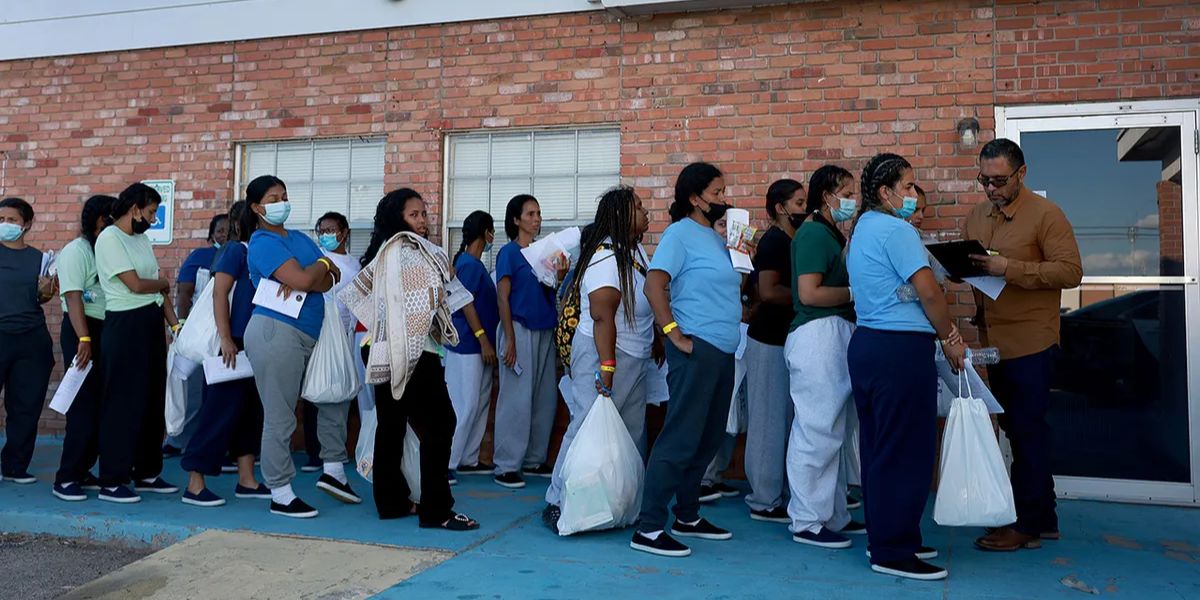El Paso, TX – Domestic violence remains one of the most pressing public safety issues across West Texas. While the region has made progress in awareness, prevention, and survivor services, new data reveals that the challenge is far from over. The patterns emerging from recent reports show both areas of improvement and deep-seated systemic issues that demand ongoing attention.
Understanding the Scope of Domestic Violence
According to the Texas Council on Family Violence (TCFV), nearly one in three Texans will experience intimate partner violence in their lifetime. In West Texas, where communities can be spread across vast rural areas, victims often face limited access to shelters, legal aid, or counseling services.
Table of Contents
The El Paso County Attorney’s Office recorded over 3,200 family violence-related cases in 2024, showing only a slight decrease from the previous year. However, advocates caution that a reduction in reported cases doesn’t always mean less violence—it may reflect underreporting due to fear, stigma, or lack of support options.
As Daniela Ramos, a violence prevention strategist based in El Paso, notes,
“The numbers only tell part of the story. Behind each statistic are people—mostly women—who feel trapped by economic, emotional, or cultural barriers.”
Pandemic Effects Still Linger
While the height of the COVID-19 pandemic may seem behind us, its social and economic impacts continue to influence domestic violence trends. Lockdowns, job loss, and housing instability created conditions that increased stress, isolation, and dependency, all of which can escalate violence.
Reports from the National Domestic Violence Hotline show that calls and chats from Texas residents remain 20% higher than pre-pandemic levels. In El Paso, counselors at shelters such as La Posada Home and Center Against Sexual and Family Violence (CASFV) continue to report high demand for safe housing and trauma recovery services.
Geographic and Cultural Challenges in West Texas
Rural counties like Hudspeth, Culberson, and Jeff Davis face unique barriers. Victims in these areas often must travel more than 50 miles to reach the nearest shelter or legal resource. In some small towns, survivors may know the local police or judge personally, leading to privacy concerns and reluctance to file reports.
Cultural norms and close-knit community ties can further complicate reporting. For immigrant families or those living along the border, fear of deportation or mistrust of authorities often prevents victims from seeking help.
To address these barriers, West Texas has seen the rise of mobile advocacy units, tele-counseling services, and bilingual community education campaigns designed to bring assistance closer to those in need.
The Rise of Prevention and Education Programs
Despite these challenges, progress is evident. Local organizations and schools are integrating violence prevention education into classrooms and youth programs. These efforts focus on healthy relationships, consent, emotional regulation, and conflict resolution—skills that aim to break the generational cycle of abuse.
El Paso’s Community Safety Collaborative has also launched a regional initiative to train barbers, salon owners, and clergy to identify signs of domestic abuse and connect victims to help discreetly. This community-based model recognizes that people often turn to trusted local figures before reaching formal institutions.
Data-Driven Solutions for Safer Communities
In recent years, Texas has invested in data-sharing systems that connect police departments, hospitals, and social services. This allows responders to track repeat incidents, identify high-risk households, and deliver targeted interventions before violence escalates.
For example, the Lethality Assessment Program (LAP) used in El Paso enables officers responding to domestic calls to complete a short risk questionnaire. If a victim’s responses indicate imminent danger, the officer immediately connects them to a trained advocate via phone—bridging the gap between crisis and support.
Initial results show that victims connected through LAP are twice as likely to access shelter services compared to those who receive only written referrals.
The Importance of Community Collaboration
Domestic violence prevention in West Texas depends on strong collaboration among law enforcement, social services, healthcare providers, and community leaders. The integration of trauma-informed practices across all levels of service ensures survivors aren’t retraumatized by the systems meant to protect them.
As Ramos explains,
“When everyone—from police officers to nurses to pastors—understands how to respond to abuse with compassion and skill, we move from reaction to true prevention.”
Moving Forward
While the statistics can seem daunting, they also serve as a roadmap for action. The data shows where resources are needed most—rural access, housing, and culturally specific support. Continued funding for advocacy organizations, expansion of mental health services, and stronger community outreach remain essential to reversing these trends.
In El Paso and throughout West Texas, the push for a violence-free future is gaining ground, one data point—and one survivor—at a time.
What do you think?
How can West Texas communities strengthen their response to domestic violence? Share your thoughts or local stories in the comments below and discover more prevention insights at reachviolenceprevention.org.











